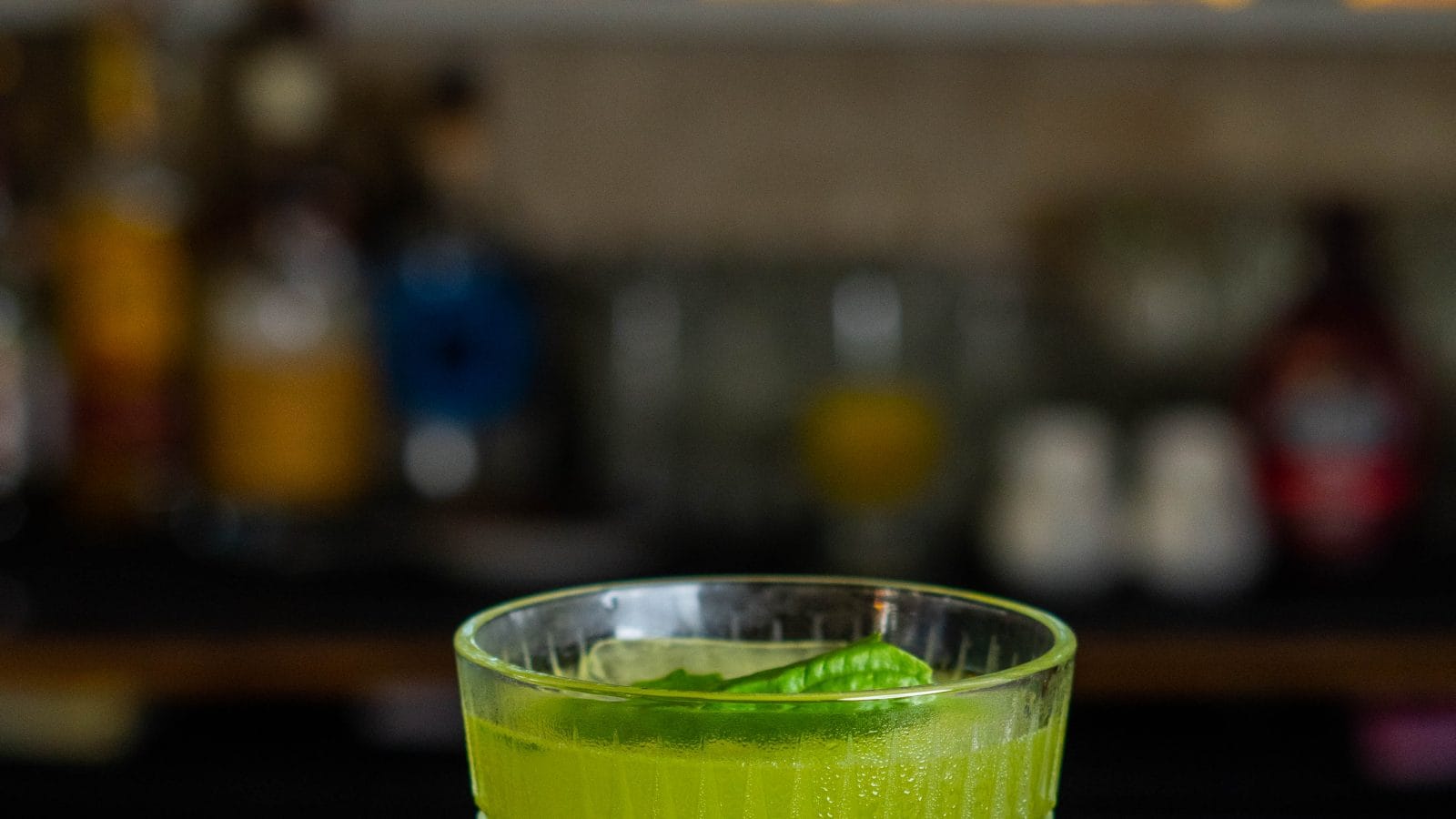A Complete Guide On Pairing Gin with Pan-Asian Cuisine
It may be hard to believe but gin has its humble beginnings in the Prohibition era where it was just a crude and distasteful spirit prepared by amateurs and crooks. It was called the bathtub gin, as the distillers needed to water down their manufactured crude liqueur, however the bottles were too tall to fit under the spigot in the kitchen sink, so they used the one in the bathtub. Juniper was extensively used to hide the flavour of the poorly prepared spirit. Overtime, the spirit was reformed and has now an elegant space in the realm of fine spirits.
With a distinctive taste, and a subtle flavor that doesn’t overwhelm, gin slowly became the perfect drink to sip on a balmy summer afternoon or in fact any time of the day. Also, a versatile spirit as it goes beautifully with pan-asian and other cuisines and is really enjoyable. Some gins with light flavours are great in the warmer months, while other more intense gins are great to be enjoyed in colder months.
“Gin has always been associated with G& T’s in the British summer but gin and asian food are actually a fantastic pairing, gin is easily one of the most complexes white spirits distilled with so many spices that are redolent in asian cuisine,” says Chef Vidushi Sharma, founder of Truffle & Co. and Owner, Mensho Tokyo India.
Gin, unlike other spirits, is made up of a variety of ingredients. The botanicals give gin its unique earthy flavour through a mixture of herbs, spices, roots, bark, berries and flowers. On the other hand, Pan Asian food involves use of herbs, spices, chilies and variations of sauces.
“Herbs, spices and berries add a depth of flavour to the spirit and are recognizable ingredients in Pan Asian cuisine. Many delicate flavors must be balanced, along with silky noodles, savory notes, sweet touches, and spice from chili oils or Sichuan peppercorns,” opines Arvin Tucker, owner of Chufang Asian Kitchen and Bar.
Does the flavour of gin get enhanced with Pan-Asian cuisine?
Gin is rich in botanicals that pair as spices that elevate the taste of pan-asian dishes. It is a spirit made from grain, usually barley, but also wheat and rye. Gin is traditionally flavoured with juniper berries (the botanical name for Juniperus communis) or citrus fruits.
“Juniper, which lends a bit of bitterness and astringency is balanced by coriander seeds, which gives gin its sweetness and citrus notes. Basil adds freshness and floral notes. Ginger adds heat and spiciness, while cardamom adds depth and creaminess to the overall flavour profile,” notes Karan Nohria, Founder, Silly.
Juniper berries are native to Europe and Asia and have been used in cooking since ancient times, they are also found in herbal teas and perfumes. “They impart spicy flavors to food, particularly meat dishes such as steak tartare. In gin, their presence contributes to the juniper berry character of the spirit,” adds Nohria.
Lemon peel is another ingredient that contributes spice notes to gin’s flavor profile. These ingredients are also commonly used in Asian cuisine, making the flavor profiles of Asian cuisine (usually sweet, sour and spicy) more succulent.
What Pan-Asian cuisine items can be paired with gin?
Gin’s citrusy notes suit well with seafood dishes like prawn tempura sushi or salmon sushi, Gin will also make an excellent palate cleanser for sashimi dishes. “Sashimi is high in oil and protein and to cut through this you’re going to need citrus which you get in many citrus dominant gin,” says Tucker.
For Chef Parvez Khan, Head Chef and Co-Owner, Wakai, believes that any tempura fried dish or Sushi can be paired with a nice fizzy Gin&Tonic, or perhaps a Grilled fish with teriyaki Sauce could be enjoyed with a Gin sour.
“Dimsums and sushi rolls are the easiest to pair with Gin, as they are all not heavy food,” feels Prakash Pradhan, Head Chef, Yazu Goa.
Read the Latest News and Breaking News here
For all the latest lifestyle News Click Here

